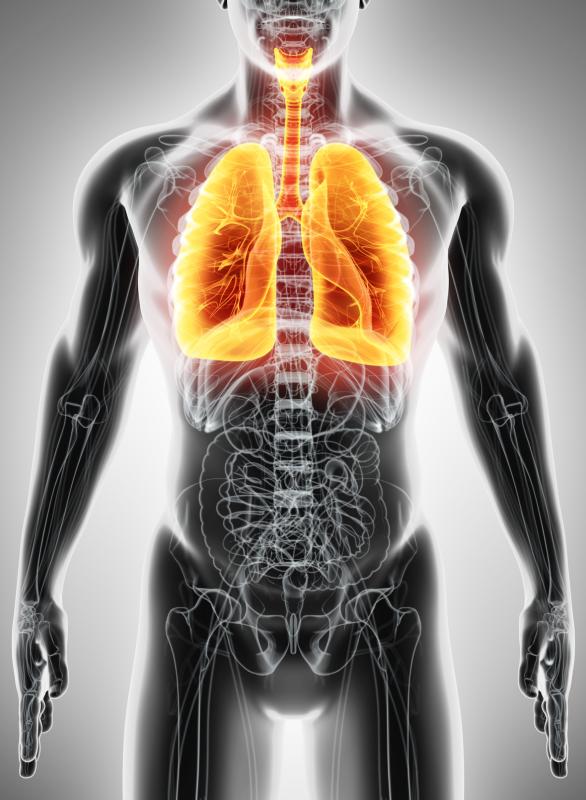
Combination therapy with ambrisentan plus tadalafil provides greater benefits than either agent alone in patients with connective tissue disease-associated pulmonary arterial hypertension (CTD-PAH), especially those with typical PAH haemodynamic characteristics at baseline, according to a posthoc analysis of the AMBITION* study.
The analysis included 216 CTD-PAH patients, among whom 117 had received the combination regimen and 99 monotherapy with either ambrisentan or tadalafil. Of the patients, 81 and 56 had systemic sclerosis (SSc)-PAH, respectively. Researchers assessed time to clinical failure (TtCF) by baseline characteristics, treatment assignment and risk group (low, intermediate and high) at baseline and week 16.
The risk of clinical failure was lower with the combination than with monotherapy both in CTD-PAH (risk reduction, 51.7 percent; hazard ratio [HR], 0.483, 95 percent confidence interval [CI], 0.286–0.817) and in SSc-PAH (risk reduction, 53.7 percent; HR, 0.463, 95 percent CI, 0.240–0.895).
The effect was most prominent in the group of patients with haemodynamic parameters characteristic of typical PAH without features of left heart disease and/or restrictive lung disease at baseline.
Results were consistent in the baseline low-risk patient group (HR not calculated due to no events in the combination arm), baseline intermediate-risk group (HR, 0.519, 95 percent CI, 0.297–0.905) and in the week-16 low-risk group (HR, 0.069, 95 percent CI, 0.009–0.548).
Based on the present data, incorporating additional haemodynamic information should improve risk stratification validity at follow-up, the researchers said. Additional investigation is warranted to determine the optimal predictive tools in terms of applicability and accuracy at baseline, and follow-up in a large-scale cohort.
*Ambrisentan and Tadalafil in Patients with Pulmonary Arterial Hypertension